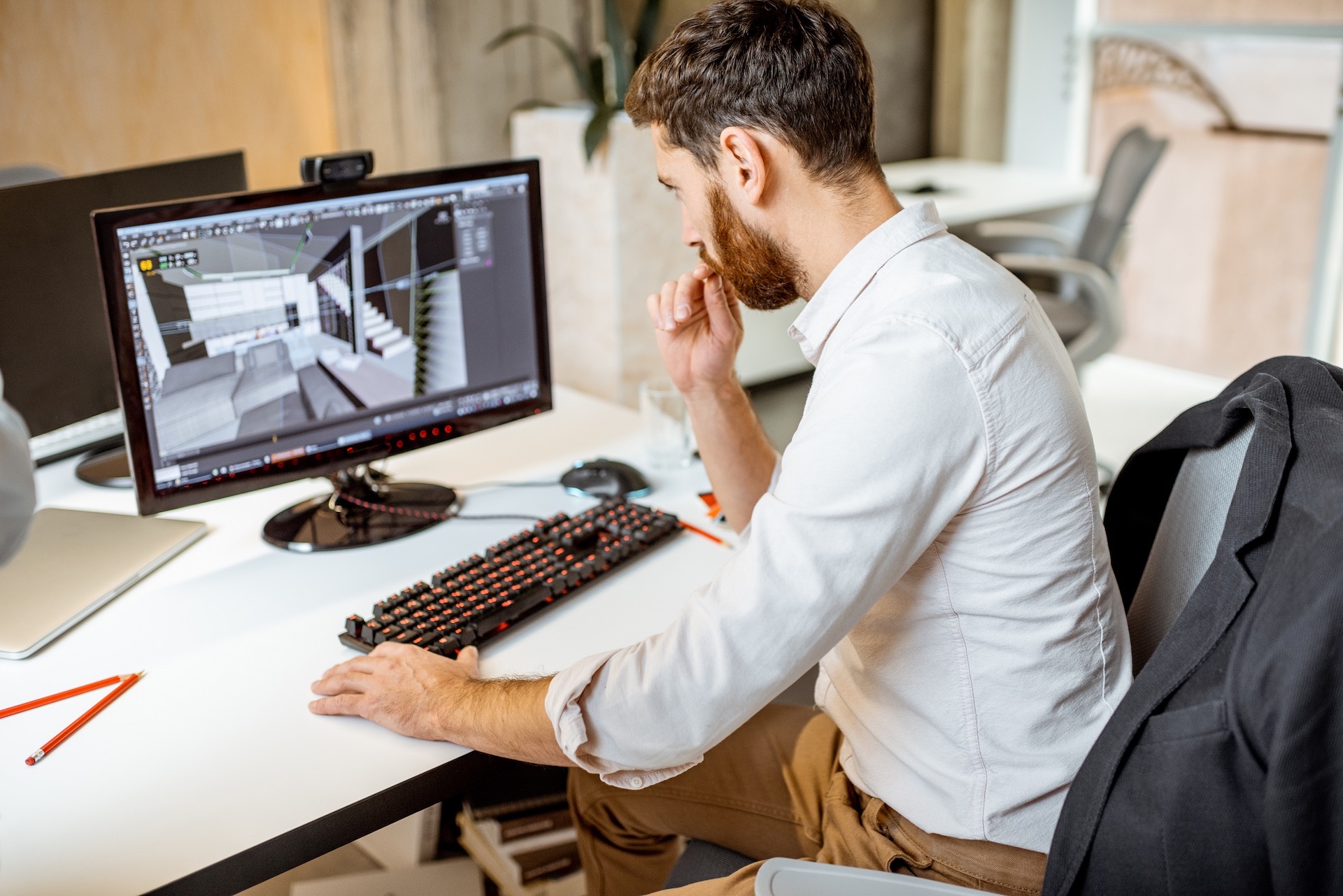Architects, realtors, and real estate developers who already use 3D visualization know how to run 3D projects successfully. But those who are only starting to use CGI in their work might make some of the 3D project workflow common mistakes. It’s only natural, as nobody can know everything about CGI production from the start. Still, those mistakes can lead to a waste of time and money. And, most importantly, the quality of the final result might suffer as well.
But the good news is that if you know what the pitfalls are in advance, it’s really easy to steer clear of them. And, luckily, you don’t have to learn them from personal experience. As an architectural rendering company, we want to help our clients get the most out of working with us from the very first project. That’s why we wrote this article. Here, we’ll talk about some of the most common mistakes, avoiding which will tremendously improve your 3D project workflow and outcome. Now, let’s take a look at those!
#1. Sending an Incomplete Project Brief

Every real estate 3D rendering project begins with the client sending a brief. It must contain a clear explanation of the assignment and as many visual references as possible. The team of 3D artists must understand the task quickly and start working without any delays.
That’s why providing an incomplete brief often causes misunderstandings. In such cases, the project team will have to put work on hold and ask the client for clarifications. And that, in turn, will result in a loss of time and, possibly, an outcome that doesn’t match the customer’s vision. For that reason, sending an incomplete project brief is number one on our list of most common mistakes. To avoid it, always try to make your brief as complete as possible by including drawings, explanations, images, etc.
#2. Setting an Unrealistically Low Budget

Everyone has their own limits when it comes to project budgets. And providers of 3D visualization services usually offer a rather wide pricing range depending on the complexity and urgency of tasks. But it’s important to understand that high-quality CGI will never be too cheap. After all, it requires the work of skilled 3D artists and professional equipment to create.
That is why setting an unrealistically low budget for the production of CG visuals is one of the most detrimental common mistakes. So, if you want your 3D project workflow to go smoothly and have a great outcome, you need to consider a budget that will allow you to get imagery of the desired quality. This way, you’ll avoid the stress during the production process and receive results that are completely up to your expectations.
#3. Not Setting an Exact Project Deadline

Starting a project without setting a deadline is next on our list of 3D project workflow common mistakes. It makes it difficult for 3D artists to plan their work not only on your renders, but on those of the other clients as well. As a result, you might expect your 3D renders to be ready when they’re only halfway through. All because the team didn’t have an exact deadline.
Ensure your exterior design project leaves a lasting impression and takes your clients’ breath away with stunning visuals.
In this case, the CG specialists might have to finish the task urgently, and that usually costs extra. Also, it’s always better when 3D artists have enough time to work on every detail in the renders. This way, the images will come out absolutely perfect. And that’s exactly what you need, right? Well, achieving that is easy — just make sure you always set a precise deadline on your orders.
#4. Sending Updated Drawings When the 3D Model Is Ready

Sending a new version of drawings when the 3D model of a building is already finished is definitely a thing to steer clear of. The reason it holds a place among the top-6 common mistakes in 3D project workflow is that it increases both the time and cost of computer rendering. All because 3D artists have to remodel the object according to the updated drawings. Regardless of the amount of work here, one can be sure it will cost extra. So, if the design you want to visualize in 3D is still under development, you should wait until the drawings are finalized, if it’s possible.
#5. Requesting Usage of Different Software Mid-Project

At the start of the project, the client often specifies the software to be used for 3D visualization. For instance, it can be 3ds Max or Blender. But if for some reason, you request the use of a different program mid-project, it will take a lot of time for the CG experts to do the switch.
Due to differences between programs and formats, there will likely be a need for partial remodeling, reapplication of textures, and so on. And if you have a large 3D scene with a building exterior and detailed surroundings, you’ll definitely have to push the deadline further and prepare to pay for extra hours of work. To avoid all that in your 3D project workflow, simply make sure that your software of choice fully suits your needs.
#6. Having Different People for Giving the Task And Checking Results

Of all the common mistakes we listed so far, this one is probably the least obvious. Now, we understand that people who order 3D visualization often work in teams. But it’s one thing to work on a project as a team from the start and another to have two or more different people for setting the task and receiving results. It can cause miscommunication and seriously impede your 3D project workflow, resulting in delays and last-minute corrections. So, if you think you might need a colleague to help you manage the process, it’s better to include them right from the start.
That’s it! Those were the main 6 pitfalls to steer clear of at all costs when outsourcing architectural 3D rendering. Hopefully, this list of 3D project workflow common mistakes and our easy tips on how to avoid them will help you get amazing CG visuals with no problems at all.
Showcase your architectural project like a true work of art, brought to life with cutting-edge AI-powered CGI technology.
Looking for top-notch 3D visualization services? You’ve found the right place! Contact us at ArchiCGI and get beautiful 3D renders of any complexity faster than you can imagine!

Ana Wayne
Content Writer, Copywriter
Ana is a content writer for ArchiCGI. She has a passion for design and architecture - and for talking about it. Outside of work, she is a fan of sci-fi movies and a street food connoisseur.



